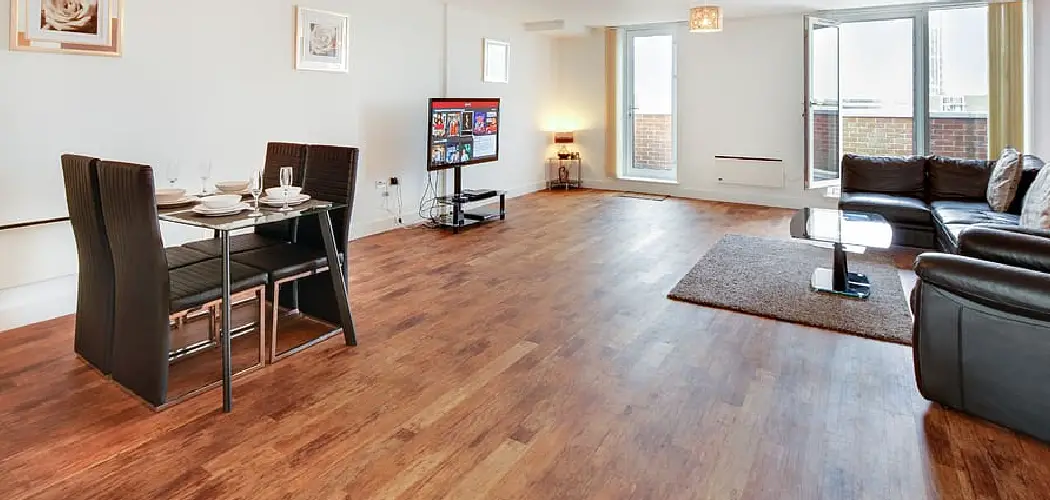Are the hardwood floors in your home looking a little worse for wear? You may be wondering if it’s time to start thinking about refinishing them. As refinishing projects can be quite involved, they often require an experienced professional hand.
However, that doesn’t mean you should be excluded from being able to care for them yourself – learning how to screen and recoat hardwood floors is simpler than you may think! With the right skills and knowledge, you can undertake this project with ease and help maintain the beauty of your hardwood flooring for years to come.
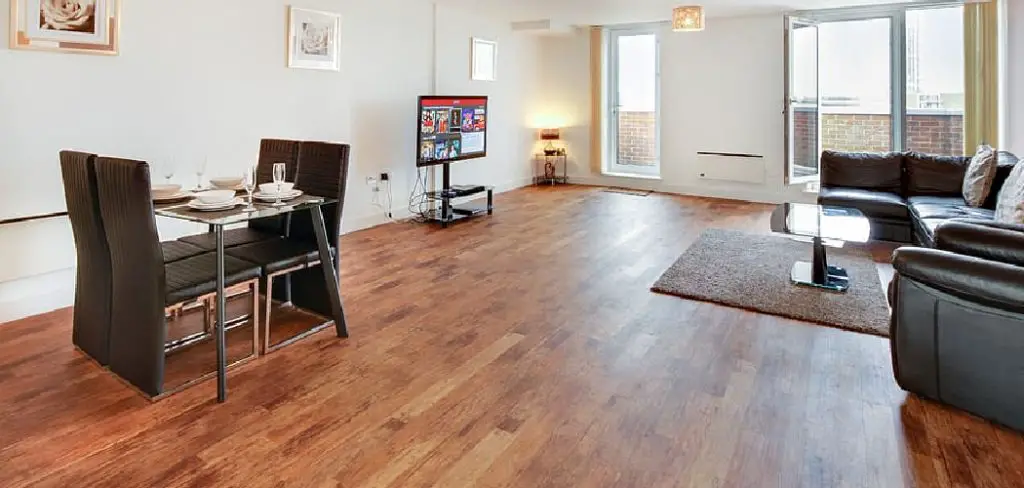
Here, we’ll provide an informative guide on how exactly you can effectively screen and recoat your hardwood floors like a pro!
Screening and recoating your hardwood floor is an easy way to bring life back into your floors. If done right, it can make all the difference in the appearance of your home. This blog post will explain what screening and recoating is, why it’s important to do regularly, how much it costs, and exactly how to screen and recoat your own hardwood floors for long-lasting results.
Why May You Want to Screen and Recoat Hardwood Floors?
1. To Bring Life Back Into Your Floors
One of the main reasons to screen and recoat hardwood floors is to bring new life back into the floor. Over time, these types of floors can start looking dull and worn down. Screening and recoating can help to restore shine and make the floors look as good as new again.
2. To Restore Damage
Another reason you may want to screen and recoat hardwood floors are to restore the damage that has been done. For example, if the floor has been scratched or stained, screening and recoating can help to fill in any dents or scratches as well as cover up any stains.
3. To Increase Durability
Finally, you may want to screen and recoat hardwood floors to increase the durability of the floor. These types of floors can be quite durable, but with time and wear they may start to take a toll. Screening and recoating can help to add an extra layer of protection that will make your floors last longer.
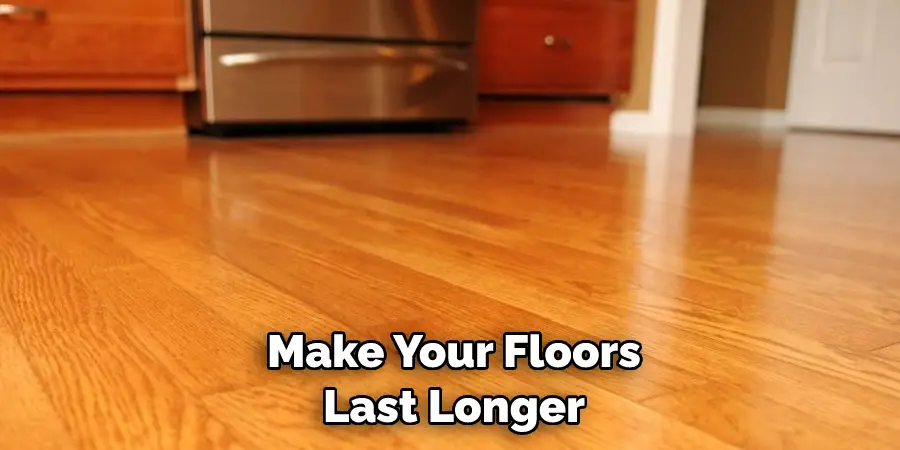
By screening and recoating your hardwood floors you can bring life back into them, restore any damage, and increase the durability. These are just a few of the reasons why it may be beneficial for you to screen and recoat your hardwood floors. To learn more about how to do this process correctly, please refer to our guide to screen and recoat hardwood floors.
How to Screen and Recoat Hardwood Floors in 5 Easy Steps
Step 1: Gather All The Materials
The very first step is to gather all the materials necessary for the job. You will need a drum sander, an edger, sandpaper of various grits (fine and medium), wood filler, tack cloths, a power drill with a buffing pad attached to it, polyurethane sealer or finish in either water-based or oil-based form, and wood conditioner.
Step 2: Remove the Old Finish
Using a drum sander, carefully sand away the top layer of finish on your hardwood floors. Check for any low spots on the floor, fill them with wood filler, and let them dry overnight. This is also very important to do before the next step.
Step 3: Sand with a Fine Grit
Using a drum sander, sand the floor with fine-grit sandpaper until it is smooth and even. Make sure you are using your edger in all of the corners and edges to get them as smooth as possible. Vacuum up any dust and debris afterward.
Step 4: Apply a Wood Conditioner
Using a power drill with a buffing pad, apply wood conditioner to the entire floor. This will help the sealant or finish adhere better and will result in a smoother, more even finish. Let it dry for 1-2 hours before moving on to the next step.
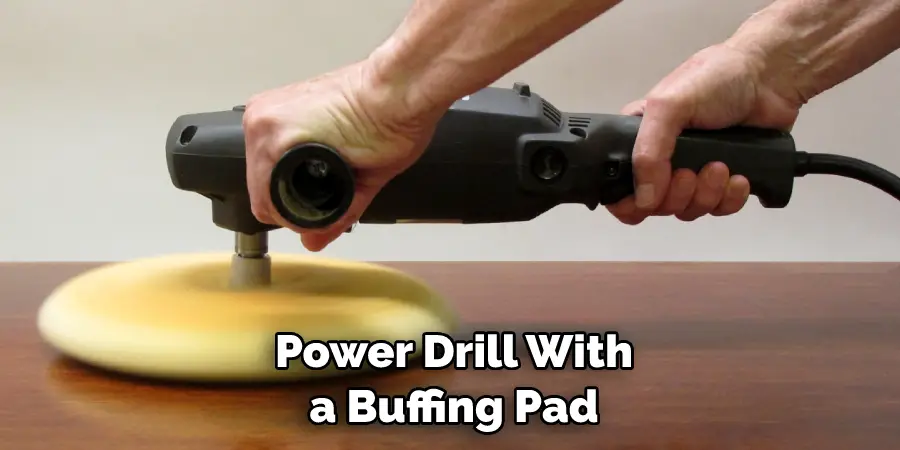
Step 5: Apply Sealant or Finish
Using an applicator pad, apply sealant or finish to the entire floor in thin coats. Use a tack cloth to go over the floor one last time and buff out any imperfections. Let it dry for at least 24 hours before walking on your newly refinished floors!
Congratulations! You have now successfully refinished your hardwood floors. With these five easy steps, you can make sure that your floors look great and last for years to come. Good luck!
Some Additional Tips to Screen and Recoat Hardwood Floors
1. Do Not Over-Do the Sanding
When sanding your hardwood floors, never go beyond the last grit of sandpaper you use. Going too far can damage the finish on your floor and increase the chances of having to replace it in the future. Also, make sure you use an appropriate grade of sandpaper. Anything too coarse will leave deep scratches on your floor that you won’t be able to remove with just a recoating job.
2. Vacuum After Every Step
Make sure to vacuum and clean up after every step in the screening and recoating process. This will help you avoid clogging up your sandpaper and leaving residue on the floor. It will also keep dust and dirt from building up in between the boards, which can cause a variety of problems.
3. Don’t Rush the Process
It’s important to take your time when recoating hardwood floors. Rushing through it could result in missed spots or an uneven finish. Additionally, make sure you read all labels and instructions before beginning the job in order to ensure that you have all the necessary supplies and equipment on hand.
4. Test Finishes Before Applying
Before you apply any type of finish to your hardwood floors, it’s important to do a test patch first. This will allow you to see how the finish will look on your floor and make any necessary adjustments before fully applying it. Additionally, if you’re using a water-based finish, make sure to use a sealer first in order to prevent any discoloration or damage from occurring.
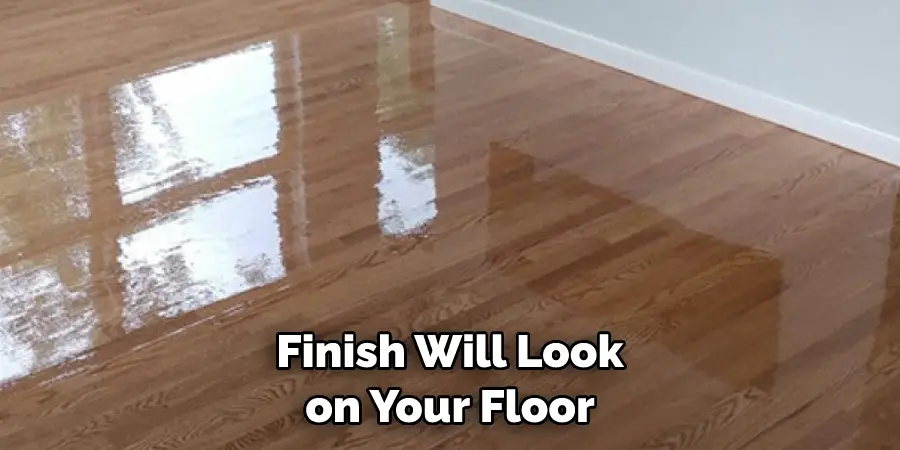
5. Clean After Finishing
Once your hardwood floors have been completely recoated, it’s important to clean them up properly. Make sure to sweep and vacuum the floors in order to remove any dust or debris left behind from the finishing process. You should also mop the floors with a damp cloth and all-purpose cleaner in order to ensure that your hardwood floors look their best.
Following these tips will ensure that your hardwood floors are properly and safely refinished. Doing the job yourself can save you money in the long run, so make sure to take your time and do it right! The end result will be a beautiful floor that you can enjoy for many years to come.
Frequently Asked Questions ?
What Precautions Should I Take Before Screening and Recoating Hardwood Floors?
Before you start the screening and recoating process for your hardwood floors, there are several safety precautions that should be taken. First, make sure that the area is well-ventilated by opening windows or using a fan to circulate air.
Wear protective clothing such as long-sleeved shirts, pants, gloves and a dust mask to protect yourself from any hazardous particles while sanding. Lastly, make sure that you have all the necessary tools and materials before beginning the project.
What Steps Are Involved in Screening and Recoating Hardwood Floors?
The process for screening and recoating hardwood floors involves several steps. First, you must clean the floors to remove any dirt and debris. The next step is to sand the floors with a floor sander and progressively finer grits of sandpaper until all scratches and imperfections are removed.
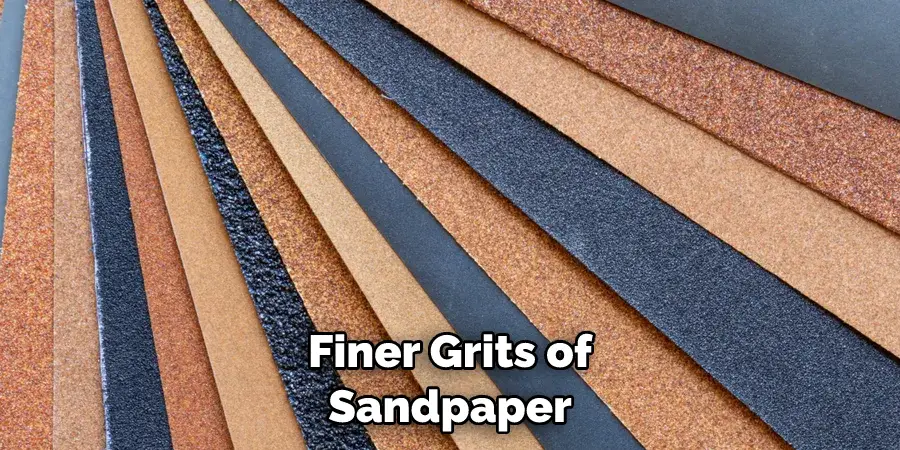
After that, you can vacuum up all the dust from the sanding process. Once that is complete, you can apply a new coat of finish to the floor. Finally, let the floor dry before walking on it or putting furniture back in place.
Do I Need Professional Assistance for Screening and Recoating Hardwood Floors?
Depending on the size of your project and your level of expertise, you may want to hire a professional for assistance with screening and recoating hardwood floors. Professionals have the experience and expertise to ensure that your floor is properly sanded, finished, and sealed. They also provide the necessary tools and supplies to complete the job quickly and efficiently.
Conclusion
As you can see, restoring hardwood floors is not a one-size-fits-all solution. Depending on the condition of your floors, either screen and recoating or a complete sanding and refinishing procedure may be needed in order for them to look their best.
No matter the condition of your floor, it is important to be sure to take the time to follow all the necessary steps so that you can enjoy your beautiful hardwood floors for many years to come.
Now you know how to screen and recoat hardwood floors! Additionally, if you’re feeling unsure about this project, it’s always a good idea to consult with an experienced professional before doing anything yourself. Thanks for taking the time today to learn more about how to screen and recoat hardwood floors!

